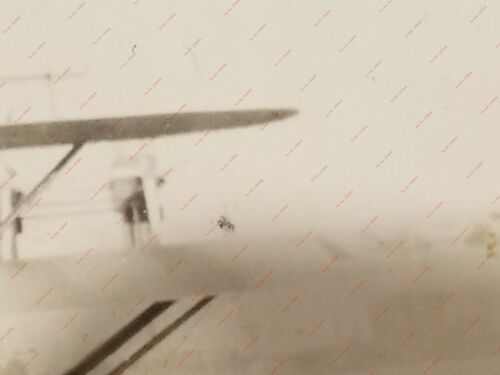-40%
2 Pre-WW2 Photos German DORNIER DO X Flying Boat D-1929 3 Built Aviation History
$ 23.76
- Description
- Size Guide
Description
2 Pre-WW2 Photos German DORNIER DO X Flying Boat D-1929 3 Built Aviation HistoryThe Dornier Do X was the largest, heaviest, and most powerful flying boat in the world when it was produced by the Dornier company of Germany in 1929. First conceived by Claude Dornier in 1924,[1] planning started in late 1925 and after over 240,000 work-hours it was completed in June 1929.
During the years between the two World Wars, only the Soviet Tupolev ANT-20 Maksim Gorki landplane of a few years later was physically larger, but at 53 metric
tons
maximum takeoff weight it was not as heavy as the Do X's 56
tons
.
The Do X was financed by the German Transport Ministry and in order to circumvent conditions of the Treaty of Versailles, which forbade any aircraft exceeding set speed and range limits to be built by Germany after World War I, a specially designed plant was built at Altenrhein, on the Swiss side of Lake Constance.
The type was popular with the public, but a lack of commercial interest and a number of non-fatal accidents prevented more than three examples from being built.
Luft Hansa planned a Do X flight to Vienna, Budapest, and Istanbul for 1933. The voyage ended after nine days when the flying boat's tail section tore off during a botched, overly-steep landing on a reservoir lake near Passau. While the accident was successfully covered up, the Do X was out of service for three years, during which time it changed hands several times before reappearing in 1936 in Berlin, Hormann writes "Am 5.September 1933 flog Chefeinflieger Wagner die DO-X zum Bodensee zurück. Mit dem Fiasko von Passau begann für DO-X der Weg ins Museum." ("On 5 September 1933 chief test pilot Wagner flew the DO X back to the Bodensee (Lake Constance). The Passau fiasco started the DO X's trip to the museum.") The Do X then became the centerpiece of Germany's new aviation museum Deutsche Luftfahrt-Sammlung at Lehrter Bahnhof.
The Do X remained an exhibit until being destroyed during World War II in a Royal Air Force air raid on the night of 23–24 November 1943. Fragments of the torn-off tail section are displayed at the Dornier Museum in Friedrichshafen. While never a commercial success, the Dornier Do X was the largest heavier-than-air aircraft of its time, and demonstrated the potential of an international passenger air service.
In an accident identical to that of Lufthansa's Do X1a, the Italian Do X2 lost its tail section in a botched landing only one month later. After scaling back flights and crew complements during 1934, they were mothballed at Marina di Pisa in 1935, and broken up for scrap in 1937.




















